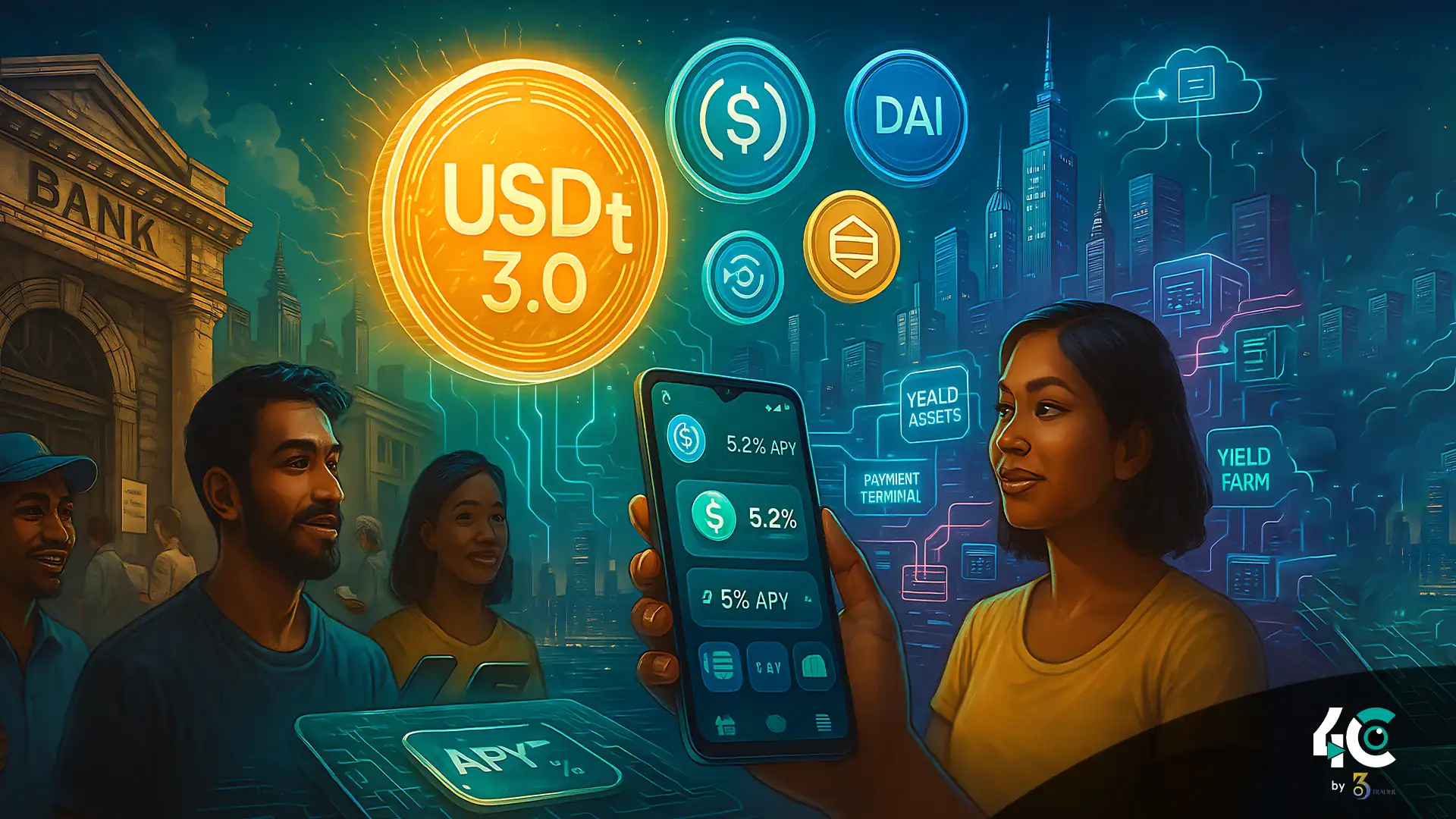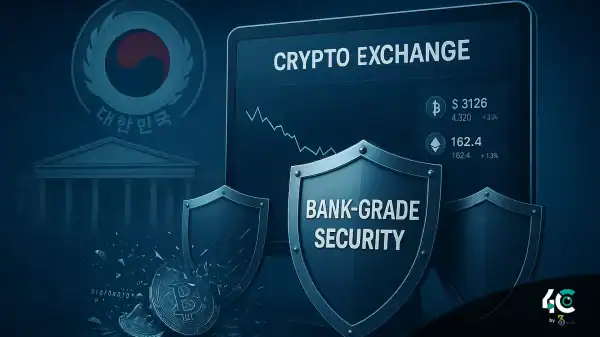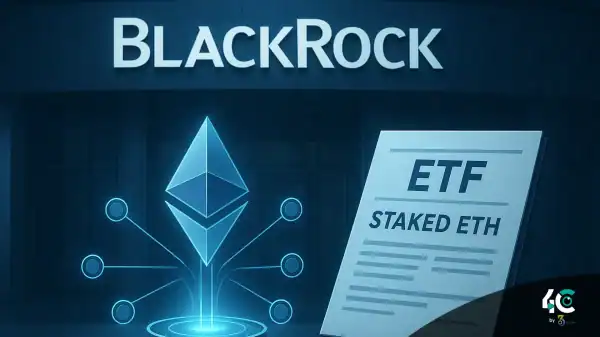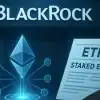The Evolution of Stablecoins
Stablecoin 1.0 (2014–2020)
- USDT, USDC — Basic dollar pegs, no yield
- Centralized, bank-dependent
Stablecoin 2.0 (2020–2023)
Stablecoin 3.0 (2024+)
- USDe, sDAI, GHO — Auto-compounding yields (5–20%)
- Bankless (no intermediaries)
- Global adoption (emerging markets lead)
Top 3 Next-Gen Stablecoins (And How They Work)
1. Ethena’s USDe — The “Internet Bond”
Yield: 15–30% APY (variable)
How?
- Short ETH futures to capture funding rates
- Staked ETH backing for stability
Pros:
Highest yield in crypto
Scales with the derivatives market
Cons:
Strategy may fail in market crashes
Still early-stage and needs more audits
Best For:
- DeFi degens chasing max yield
- Hedge against ETH volatility
2. MakerDAO’s sDAI — The Safe 5% Play
Yield: 5% APY (fixed)
How?
- DAI deposited into Maker’s DSR (Dai Savings Rate)
- Backed by US Treasuries and crypto collateral
Pros:
Proven and stable with Maker’s 10-year history
No lockup period
Cons:
Lower yield
Centralized governance still in place
Best For:
- Risk-averse savers
- Businesses needing stable cash flow
3. Aave’s GHO — The DeFi-Native Dollar
Yield: 4–8% APY (variable)
How?
- Minted by depositing collateral on Aave
- Yield comes from interest paid by borrowers
Pros:
Fully decentralized
Supported by Aave’s massive liquidity
Cons:
May occasionally trade below $1
Requires overcollateralization
Best For:
- Aave power users
- Users seeking full DeFi exposure
Why Stablecoins 3.0 Are Gaining Popularity
1. Emerging Markets Adoption
- Countries like Argentina, Nigeria, and Turkey increasingly use stablecoins
- Escape 50%+ inflation
- Enable borderless remittances (5x cheaper than banks)
2. Corporations & Treasuries
- MicroStrategy holds USDC for yield
- Crypto startups pay salaries in sDAI
3. The Bankless Future
- If stablecoins offer 5–30%, why stick with banks offering 0.1% APY?
Risks to Watch
- Smart contract exploits on Aave or Ethena
- Regulatory crackdowns on yield-bearing stablecoins
- Peg stability can break if underlying collateral fails
Safety Checklist
Stick to verified protocols (avoid unknown forks)
Diversify: USDe, sDAI, and GHO
Avoid promises over 20% APY—too risky
How to Add Them to Your Portfolio
For Conservatives
- 50% sDAI (safe yield)
- 30% GHO (decentralized exposure)
- 20% cash (emergency buffer)
For Yield Chasers
- 60% USDe (high risk/reward)
- 30% sDAI (stability base)
- 10% ETH (growth hedge)
2025 Predictions
- Over $500 billion in yield-bearing stablecoins (10x increase)
- Banks begin offering crypto yield accounts (too late)
- USDe rises into the Top 3 stablecoins globally
The Bottom Line
Stablecoins 3.0 turn idle cash into active yield—without banks.
Smart Moves Now
Swap USDT / USDC for sDAI (easy 5% upgrade)
Test USDe with 5–10% of your portfolio
Monitor GHO’s peg stability—potential future gem
Want the Best Stablecoin Yield Strategies?
I track:
• Real-time APY across chains
• Safest protocols
• Regulatory changes



































